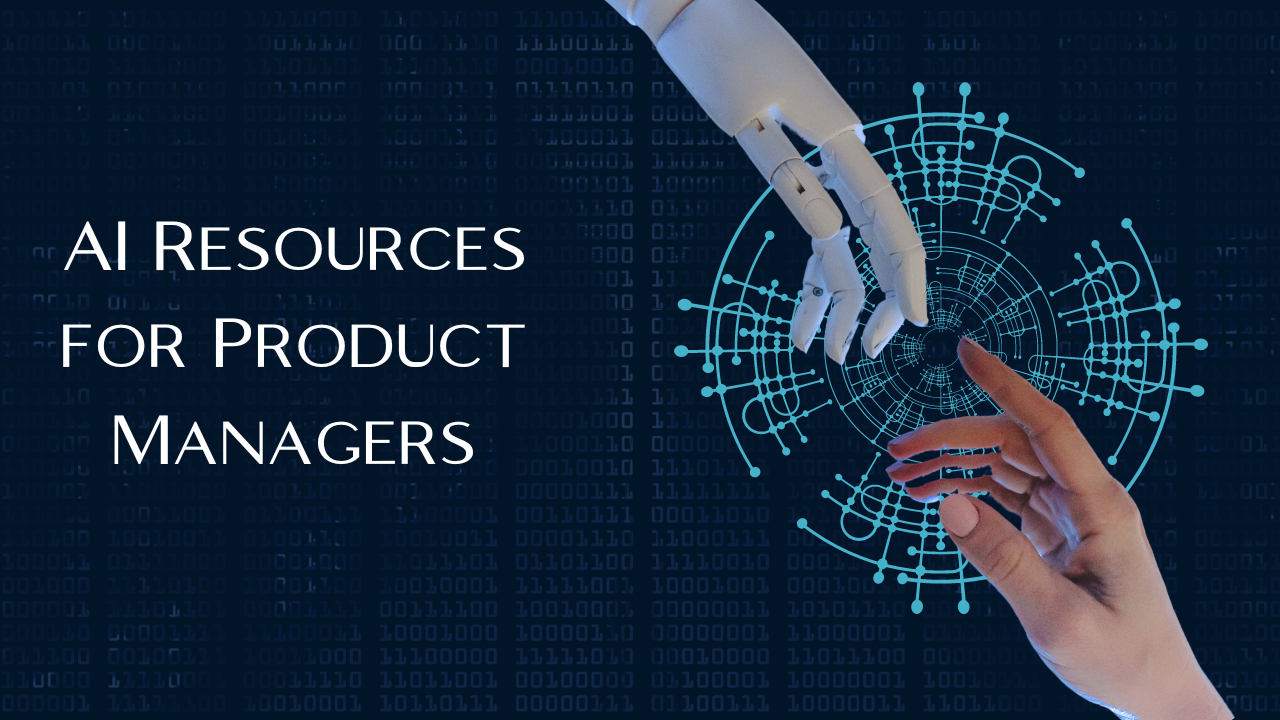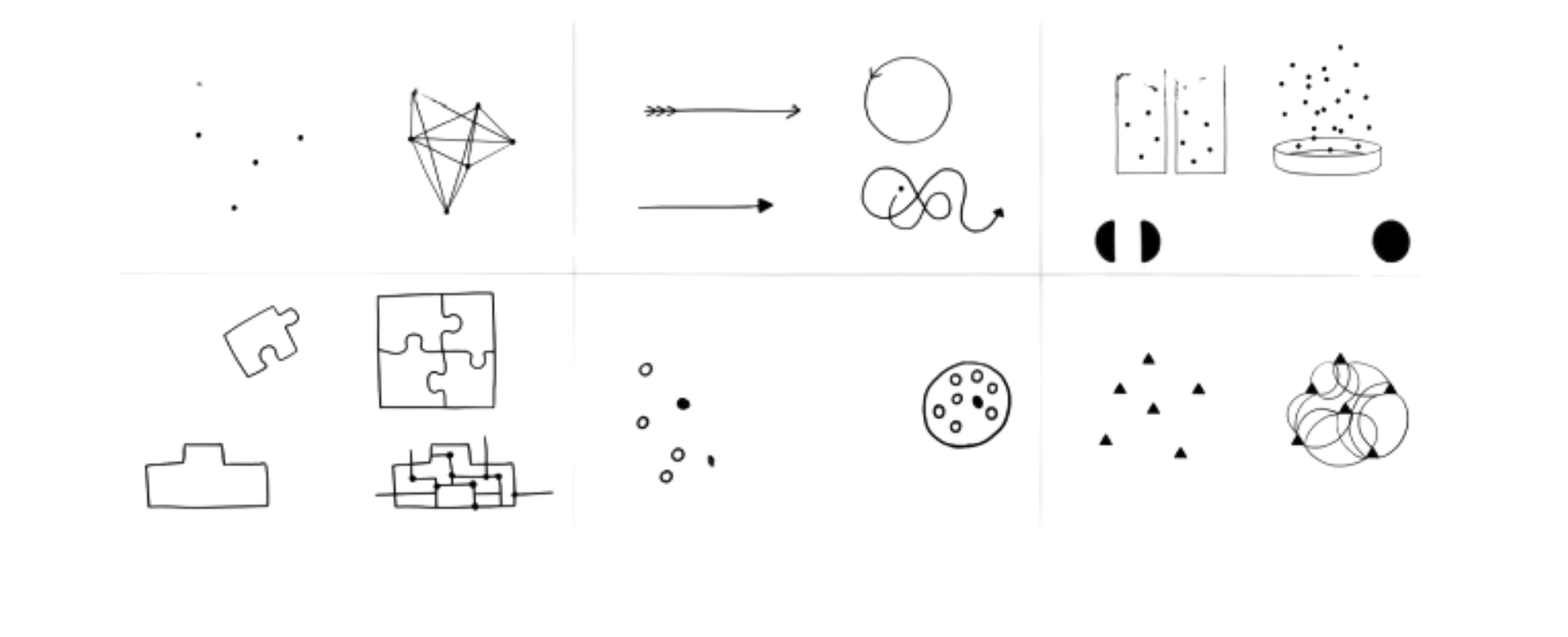The NextLeap Manifesto
In the previous post, we talked about why we are building NextLeap. Let’s talk a bit more about the what and how in this post.
Learning is not the product of teaching. Learning is the product of the activity of learners. — John Holt
For most part of the last decade, online learning was centered around access to content. That was driven by the rise of MOOC platforms which made quality content accessible to all. But with the rise of social media and video platforms, content creation became simpler and creators have been giving away valuable content on social media leading to content exclusivity no longer being a draw. While you may think that more access to content drives engagement, it is quite the opposite.
Challenges facing learners
When we talked to early and mid career professionals, a few problems were stated unanimously:
- 1 out of 2 respondents mentioned the lack of a structured learning pathway as a key hindrance in their learning. While there are courses on offer, there is no curriculum. A user gave this fantastic analogy: roads exist but the Google Maps equivalent doesn’t!
- 1 out of 2 respondents pointed out the lack of application of the learning as delivered through online courses as a key reason for their dissatisfaction. There is a lot of content consumption, but very little is being put to practice during the learning process, thus leading to a lack of true learning.
- 4 out of 5 respondents felt that their active network was primarily limited to colleagues in their own organisation, thus limiting their knowledge and perspectives
This made us think deeper around the intersection of structure, pedagogy and community. And based on our research, we outlined the following belief systems.
Our learning philosophy and belief systems
We believe people learn best when
- They have an intrinsic motivation to learn and they take control of their learning. This has guided our approach to go with a direct to consumer model vs a B2B2C model
- A structured learning path exists to guide them to their goals. Continuous learning through bite sized sprints (2 weeks)/fellowships(6 weeks) is what our model is based on unlike one shot long course offerings. And continuous learning involves building out structured learning pathways, which we are working towards.
- An enabling community of supportive peers, domain experts and mentors exists. We are building a community first learning platform with feedback loops, mentor networks and peer learning circles.
- They are able to apply the learning in a practical scenario. Our learning pedagogy is activity led and cohort based drawing inspiration from the case method of learning.
- Methods/systems used to learn fit their goals/preferences/learning styles. We acknowledge that individuals will not be in a deep learning mode at all points which leads us to think about both high touch learning as well as low and medium touch ones.
Digging a bit deeper, we have outlined the key elements to focus on around structure, pedagogy and community.
When thinking about learning design/pedagogy, there are 3 primary ways we learn:
- From other’s experiences/wisdom
- (Unstructured) Listening to experts and their life experiences
- (Structured) Learning how to think about a problem from an expert
- By doing it ourselves
- Applying the learning in a context
- Active conversations with peers
- By self- reflection
- Outlining self learning goals
- Feedback from peers/mentors
- Assessing progress
When thinking about the learning structure, there are three phases of learning:
- Technical skill building: early career professionals, focused on acquiring skills that help them to become an independent operator
- Functional skill building: mid-career professionals, focused on building a personal brand by becoming a domain expert
- Leadership skill building: senior professionals, focused on building strategy and teams for organisations
- As you can see, your learning needs evolve with your career trajectory and our aim is to be the learning partner for you across different phases of your professional career.
When thinking about a learning community, there are three key aspects:
- Social interactions play a critical role in the learning process. We are designing our community offerings in a way that brings in a sense of belonging to the community by fostering multiple collision points between members of the community. This is in contrast to being part of Slack/Whatsapp/Facebook groups where you do not know other members of the community.
- Focus on learning as the shared interest/purpose. As much as we want, we acknowledge that everyone does not have a learning mindset. Since we are building a community, it is important to have a shared purpose around learning and hence we are an invite only learning community.
- Peer to peer credential acts as a positive sum. We believe degrees/certificates are old school and are just ineffective signalling vehicles. Someone in my network referring a candidate carries a lot more weight than the candidate presenting a certificate. And guess what, unlike degrees/certificates, peer to peer credentials do increase in value with more members joining the community.
So, in summary we envision learning to be social, hands-on and continuous. Learning that is fun, helps you reach your career goals and facilitates building personal connections with like-minded peers. As you can see, the focus is primarily on the learner which is a departure from how edtech has evolved over the last decade where the focus was on content accessibility and teaching delivery. We believe the next decade of edtech will bring about a change in driving delightful learner experiences and at NextLeap, we want to be the pioneers driving that change!
You can join the NextLeap learning community by signing up here.



